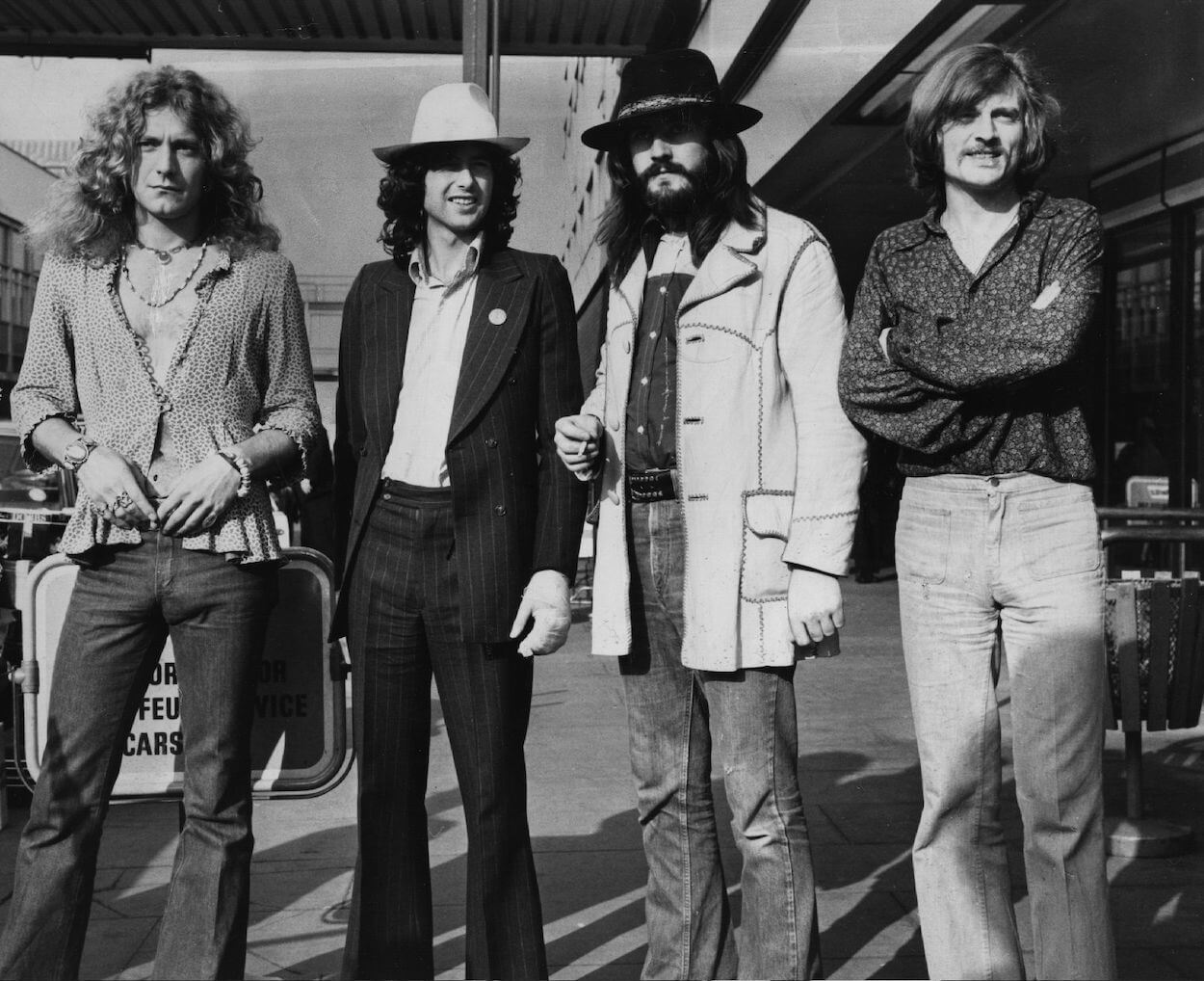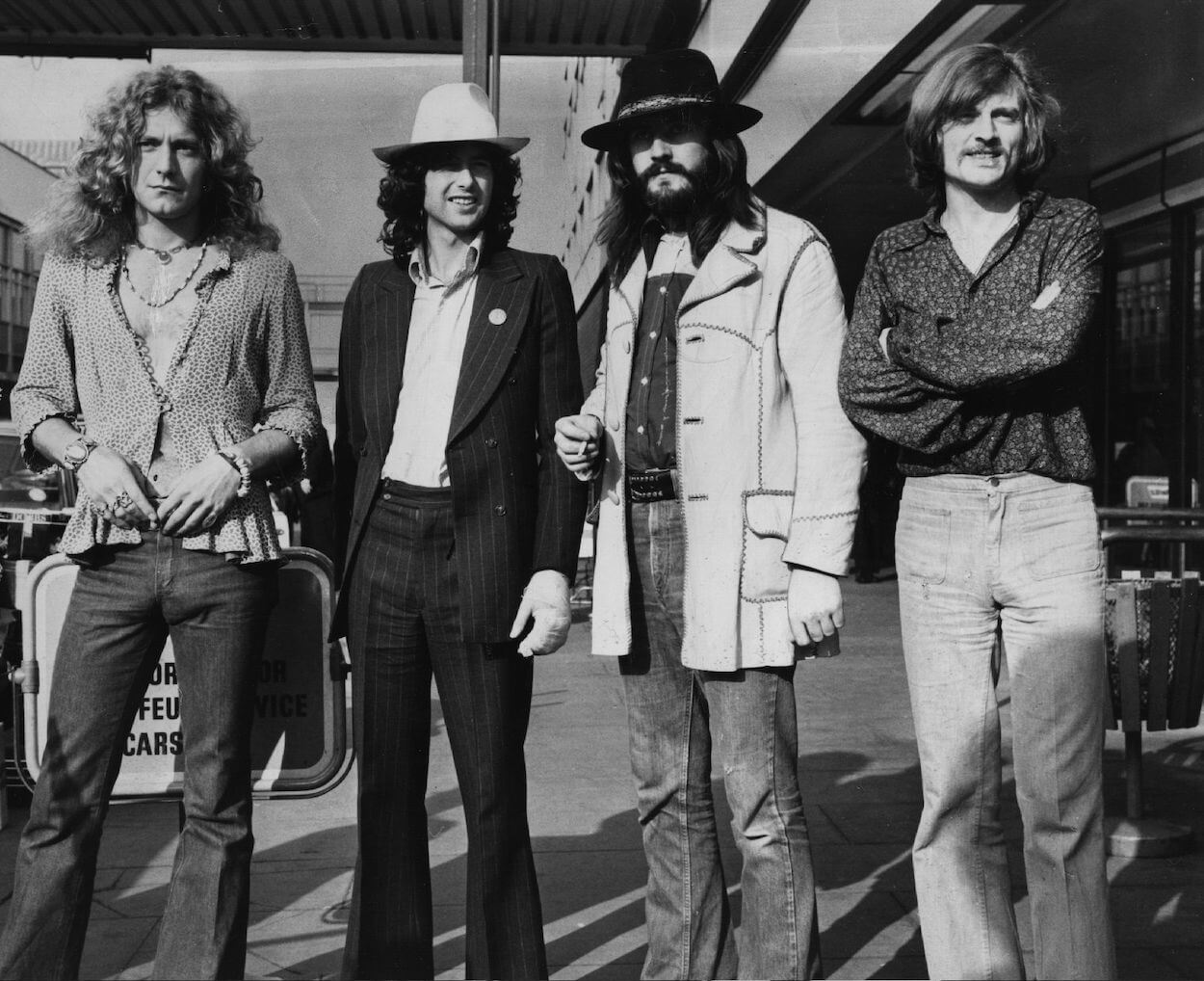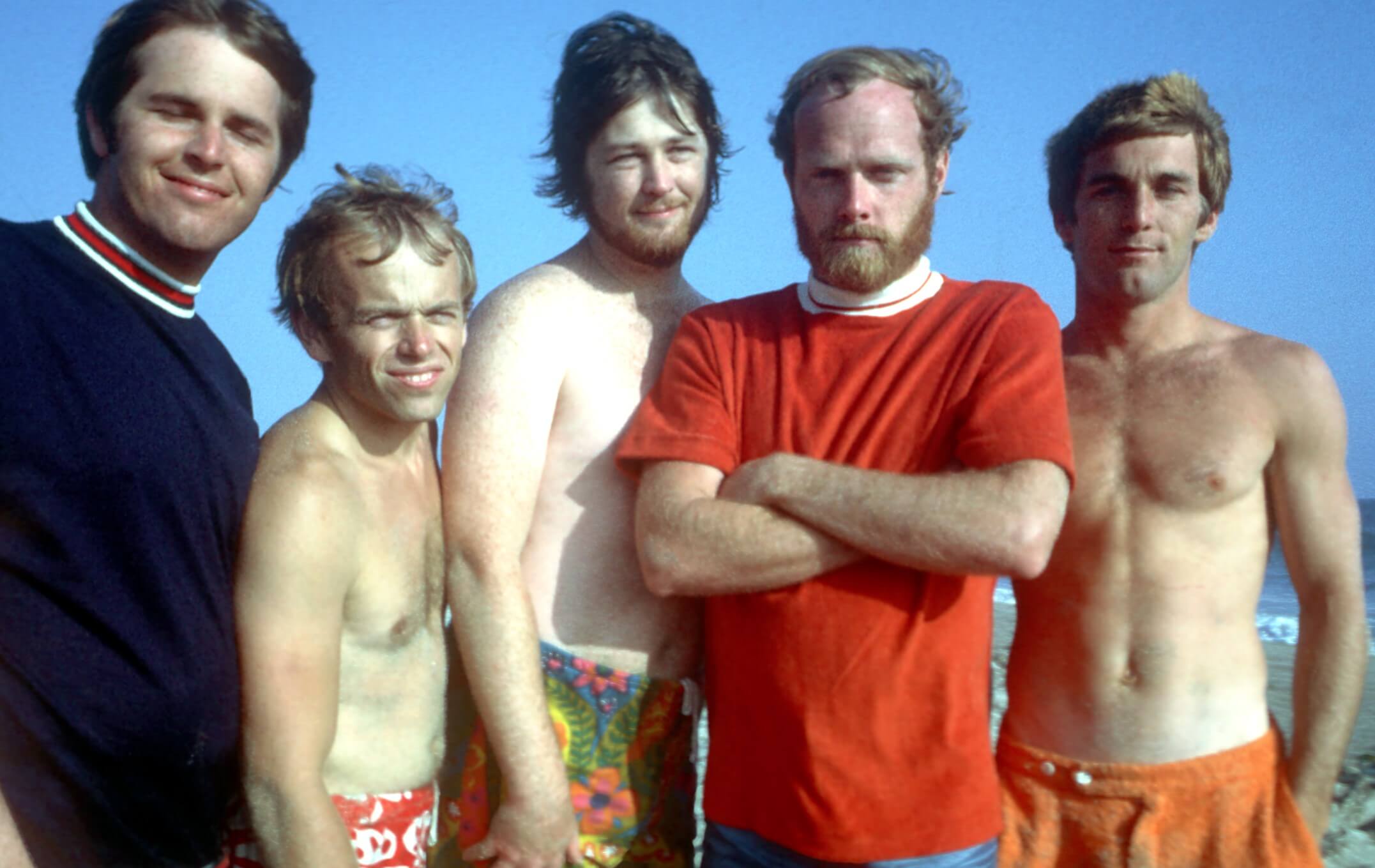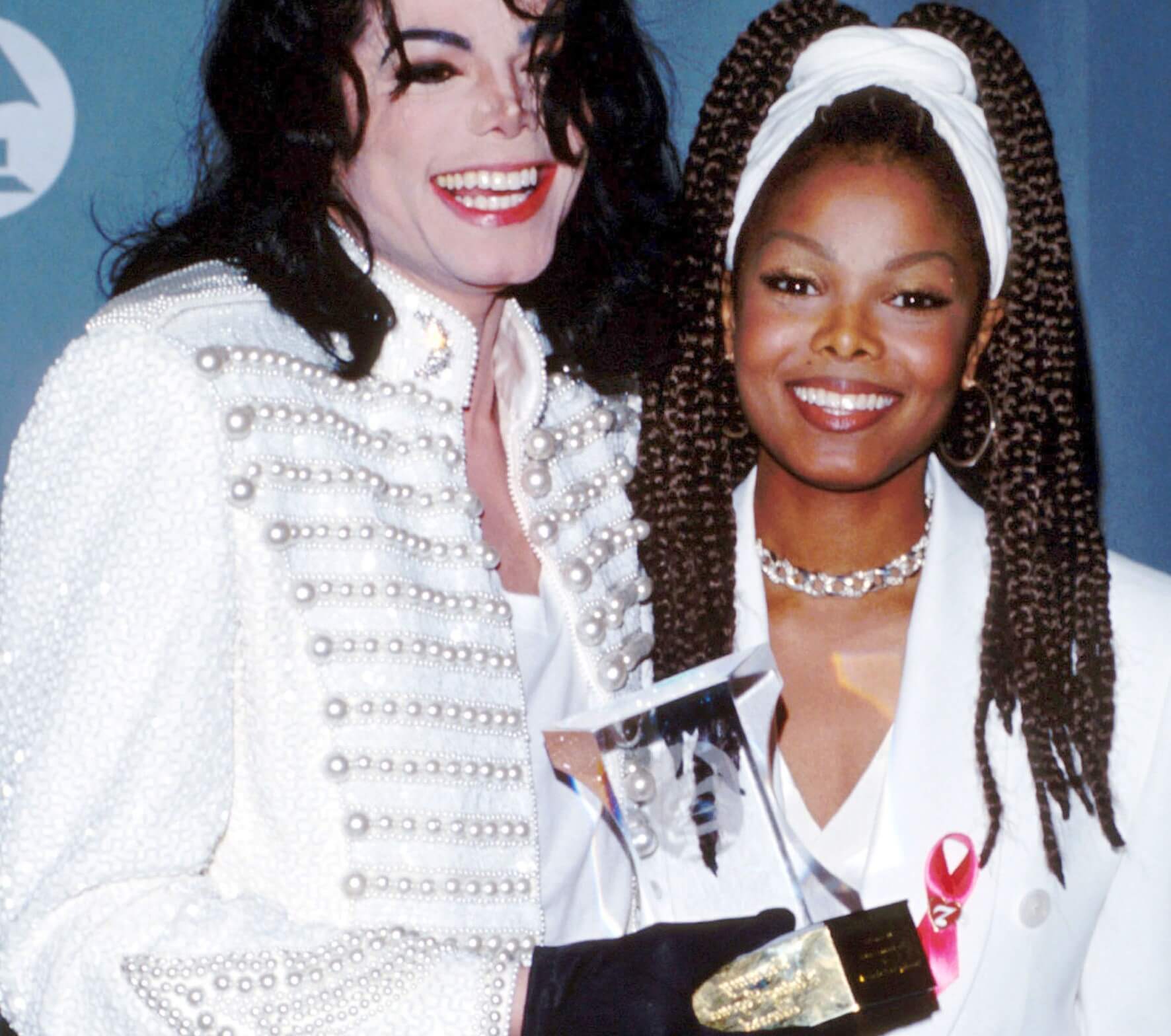
Led Zeppelin ‘Houses of the Holy’ Review: A Look Back at the Album on its 50th Anniversary
Led Zeppelin faced a challenge with Houses of the Holy — how to follow a massively successful album. The answer — shift gears completely. The album, released on March 28, 1973, followed the smash hit Led Zeppelin IV, but as they had done on their previous four albums, the band flexed its creative muscles and made something completely different. The best Houses of the Holy songs rank among Led Zeppelin’s finest. The band created another classic rock masterpiece by not trying to outdo themselves. Let’s look deeper at Houses of the Holy on its 50th birthday.

Led Zeppelin made their brightest album with ‘Houses of the Holy’

Starting with the galloping entrance of “The Song Remains the Same” — with Jimmy Page’s layered guitars, John Paul Jones’ bopping bass line, and John Bonham’s beat anchoring it all — it’s clear Houses of the Holy is unlike any previous Led Zeppelin album.
The opening track’s music is bright and hopeful. The production follows suit. Every note on “The Song Remains the Same” and elsewhere on the album comes through crystal clear. Aside from the purposely murky “No Quarter,” every drum beat, bass note, guitar chord, and vocal line comes through with amazing clarity.
In the first three songs alone, with ballad “The Rain Song” and folksy “Over the Hills and Far Away” following the opener, it’s clear Led Zeppelin is having as much fun as ever on a record.
Page’s “Dancing Days” riff takes listeners out of their comfort zone, but it’s a shiny tune that truly is one of Led Zeppelin’s most danceable songs. The chugging “The Ocean” might be one of the band’s punchiest songs.
The sunny production goes away on the murky psychedelic jazz of “No Quarter.” Jones’ magnum opus sees him play a masterful Mellotron while Page fingers riffs with such thick tones that you can practically chew them. Robert Plant’s far-away echoey vocals sit perfectly inside the song, and Bonham’s cymbal crashes when Plant sings, “They take the path where no one goes,” are almost worth the price of admission alone. “No Quarter” ranks as one of Led Zeppelin’s freakiest and most memorable moments, even if it is a sonic outlier on Houses of the Holy.
Zep’s ‘Houses of the Holy’ missteps still have their charm
Houses of the Holy contains some of Led Zeppelin’s best songs, but it has two clunkers on the track listing.
“The Crunge,” Zep’s salute to James Brown, ultimately fails to honor the Godfather of Soul. Page’s grinding riffs, Plant’s seemingly tossed-off and annoying lyrics, and Jones’ keyboards pushed forward in the mix saddle the song. Yet Bonham’s R&B drum beat is marvelous.
Conversely, Bonham detested the dancehall reggae of “D’yer Mak’er” and couldn’t be bothered to put in the work to nail his drum beat. Jones hated the song because of the lackluster rhythm track, and he wasn’t alone. Bonzo wasn’t a fan of it, either. Yet Jones’ piano almost sounds lifted from a Bob Marley song, and Page does a serviceable approximation of a reggae guitar.
Even when they misfire, Led Zeppelin gave fans something worth hearing on Houses of the Holy.
Led Zeppelin created a classic rock gem with their fifth album
It’s clear that Led Zeppelin enjoyed making Houses of the Holy. Rock star excesses hadn’t quite caught up to them, and they were in top form. The album’s bright production matches the enthusiasm that clearly comes through the speakers.
The opening triumvirate of “The Song Remains the Same,” “The Rain Song,” and “Over the Hills and Far Away” is one of Zep’s strongest album starts in their entire catalog. “No Quarter” stands as one of their most psychedelic moments outside of the “Whole Lotta Love” freakout.
Even the Houses of the Holy songs that miss the mark — “The Crunge” and “D’yer Mak’er” — provide some interesting sonic elements.
Houses of the Holy sees Led Zeppelin in peak form. From the moment the first notes ring out, it’s clear the band enjoyed themselves while making their fifth consecutive gem of an album. Time caught up with them later in the decade, but Houses of the Holy has Zep doing what they always did best — using their unique alchemy to stitch together various musical styles into one wildly interesting tapestry.
For more on the entertainment world and exclusive interviews, subscribe to Showbiz Cheat Sheet’s YouTube channel.



